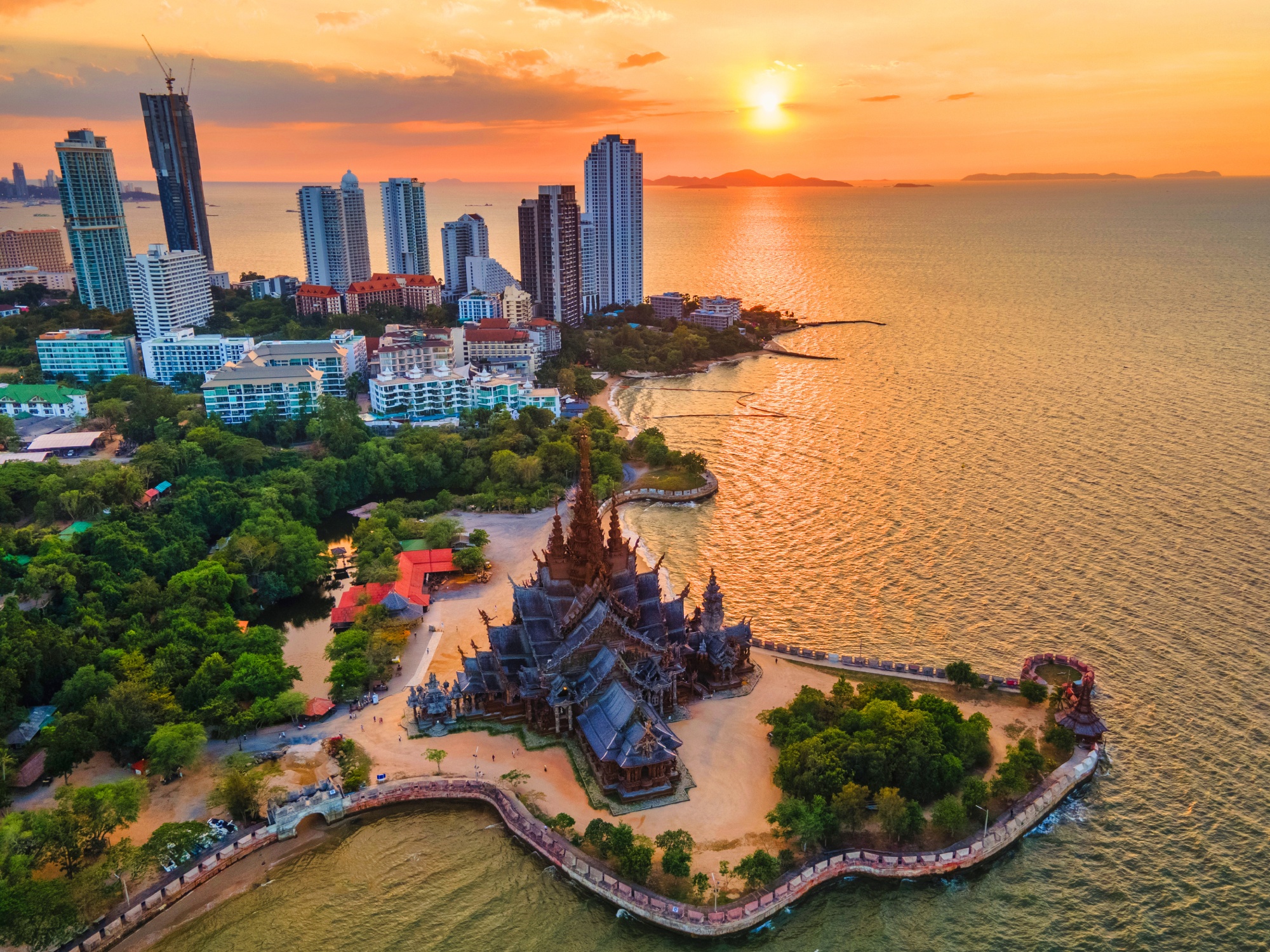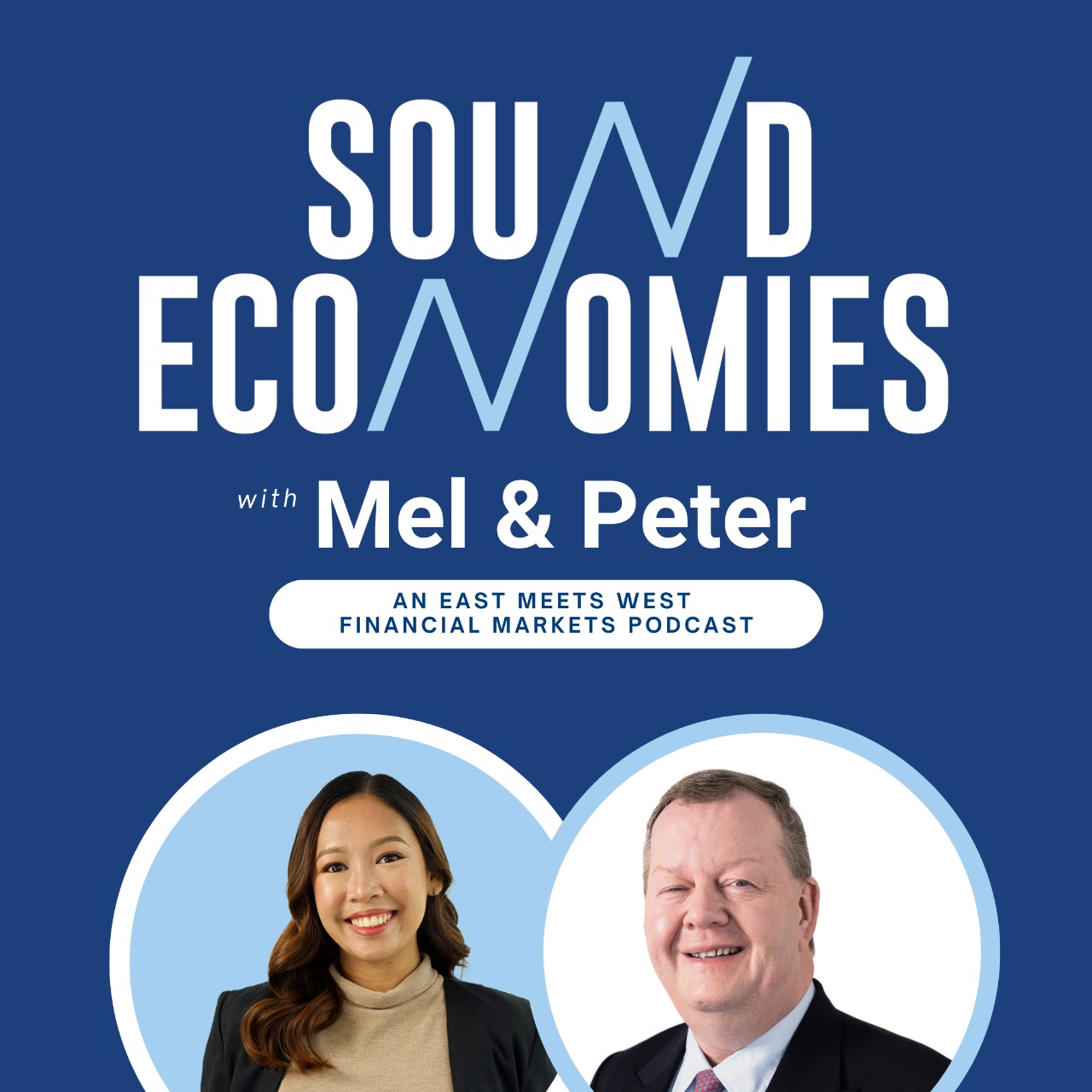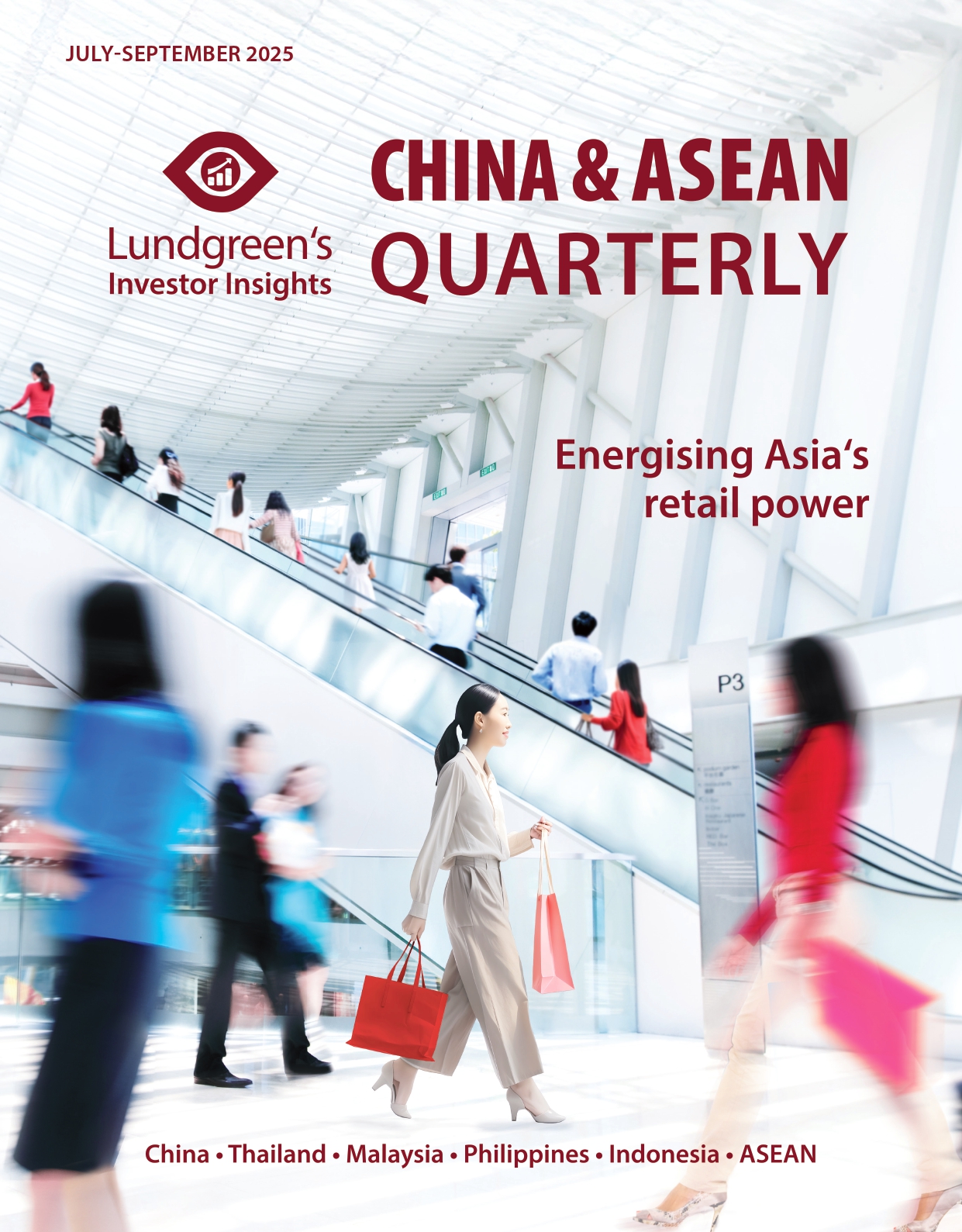Following the path of Thailand’s Eastern Economic Corridor
Thailand’s Eastern Economic Corridor (EEC) pertains to the special economic zone that consists of three provinces: Chachoengsao, Chonburi, and Rayong, which is being developed as the next-generation manufacturing and business centre of the country. The passage of the EEC Act of February 2018 sought to attract foreign investments into the area with a slew of tax breaks and non-fiscal perks on offer.
The first five years of the EEC has done well, drawing THB 1.92 trillion (USD 56 billion) in foreign investments. Banking on that success, the Thai government set the EEC’s new five-year investment target to THB 2.2 trillion (USD 65 billion) in 2023, to average THB 500 billion (USD 14.68 billion) annually. On top of that, EEC Secretary-General Chula Sukmanop stated that the province of Prachin Buri will be added to the Corridor as a hub for health and tourism catering to the elderly.
Thailand’s current Prime Minister, Paetongtarn Shinawatra, mentioned that the government approved the economic stimulus plan for the EEC to rake in more investments beginning in 2025. While the previous Prime Minister, Prayut Chan-o-cha, initiated the creation of this special economic zone, it remains a fundamental area to spur economic growth for Thailand, which is searching for anchors for growth resurgence. With this, we see that the Thai government will continue to provide opportunities for stakeholders willing to invest in the EEC provinces.
Perks for investors
In May 2024, the Thai Cabinet agreed and approved a special EEC visa with a 10-year validity for foreign nationals working and doing business in that zone. Uniquely, this visa has four categories: specialist, executives, professionals, as well as spouses and dependents. With these long-term visas, Thailand hopes to bring in more diverse talents and global expertise to cultivate specific sectors targeted by the EEC, such as automation, robotics, logistics, and biochemicals.
There are several tax and non-tax benefits to attract expatriates and investors alike. Within the EEC zone, the income tax rate of foreign professionals is a flat rate of 17 per cent and for foreign executives, 15 per cent. Compared to the rest of Thailand, individuals are subject to rates ranging from 5 to 35 per cent which rises along with income level. The uniform tax rate thus makes the EEC more attractive to foreign talent. Apart from that, the Investment Promotion Act provides other privileges such as corporate income tax exemptions, as well as the exemption of import duties on machinery, research and development equipment, and raw materials. As such, the EEC has secured the commitments from 109 investors within the zone between 1 January 2023 to 12 July 2024.
Encouraging measures from the Thai government and the EEC’s appealing prospect for foreign investment is undisputable. With the EEC plan in place, it is expected to create 22 business opportunities in seven specialized economic zones across these three provinces covering 1.3 million hectares and catering to a population of 2.8 million. Already, investors have taken notice, with investments into the EEC accounting for 28 per cent of total inflows received by Thailand.

The cumulative value of new investments towards industries within the EEC zone amounted to THB 329 billion (USD 9.74 billion) from 2019 to 2023. Graph 1 also shows that the first seven months of 2024 saw investments accumulate to THB 39 billion (USD 1.15 billion). An additional 251 businesses have invested a total amount of THB 45.7 billion (USD 1.35 billion) as of end-October, reports show. This positive trend shows the EEC’s dynamic growth opportunities and its importance as a magnet for foreign direct investment.
Tourism potential
Despite the attractiveness of the EEC as a technology, manufacturing and logistics hub, we should go back to the industry which Thailand is best known for: tourism. In 2023, Thailand was listed with the highest number of inbound tourists in the ASEAN region with 28 million visitors. Cognizant of the EEC’s potential allure as a new tourist destination, the Thai government has allocated THB 389.75 billion (USD 11.54 billion) to create a high-speed rail and transport system linking the zone to adjacent major cities for ease of access. This high-speed rail network in the EEC is envisioned to connect to cities of neighbouring countries, namely China, Laos, and Malaysia.

Although the EEC high-speed rail is expected to be completed only in 2030, expected tourism revenues from the EEC is gaining traction. Each province has something unique to offer: Chonburi is known as a city that melds tradition with modernity, Rayong attracts businesses and investors due to its industrial area, and Chachoengsao’s historical and religious sites as well as its floating market bring in foreign tourists. The area’s total tourism revenue from 2021 to 2023 amounted to THB 413 billion (USD 12.23 billion). In 2024, the first seven months saw the industry gain a revenue of THB 179 billion (USD 5.3 billion) alone and will continue to increase more until end 2024.
The addition of Prachin Buri to the EEC zone, the government’s expansion and development plans for the area, and positive spillovers of the EEC’s economy in targeted industries in the country will ultimately attract more expats and foreign investors to participate in the corridor’s growth story. The success of the EEC will ultimately boost Thailand’s economy and ultimately sustain Southeast Asia’s dominance as a global growth centre for years to come.
This original article has been produced in-house for Lundgreen’s Investor Insights by on-the-ground contributors of the region. The insight provided is informed with accurate data from reliable sources and has gone through various processes to ensure that the information upholds the integrity and values of the Lundgreen’s brand.







